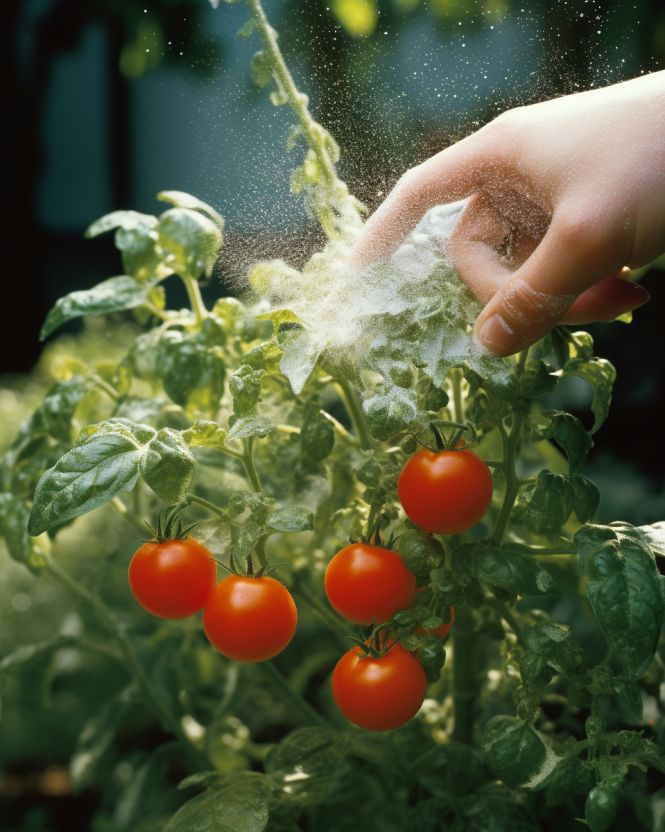|
In the world of gardening, finding natural and cost-effective solutions to enhance plant health and combat common issues is a quest shared by many passionate gardeners. Amidst the plethora of options, baking soda emerges as a versatile and widely accessible aid that holds numerous benefits for tomato plants. With its multifaceted properties, baking soda offers a range of advantages, from combating fungal diseases to regulating soil pH levels and even assisting in the ripening process. In this article, we delve into the various ways in which gardeners can harness the power of baking soda to promote the growth, resilience, and bountiful harvest of their beloved tomato plants.
Gardeners often choose baking soda for its natural and eco-friendly qualities, as it provides a non-toxic alternative to chemical-laden solutions. By incorporating baking soda into their gardening practices, enthusiasts can avoid potential harm to beneficial insects, soil microorganisms, and the environment. Furthermore, baking soda is a readily available household ingredient, making it a convenient choice for gardeners who prefer to utilize resources at hand rather than invest in specialized products. Its affordability and accessibility make baking soda an appealing option for both novice gardeners and seasoned horticulturalists seeking effective, affordable, and environmentally friendly solutions to nurture their tomato plants.
ADVERTISEMENT
Here are several ways baking soda can help tomato plants:
 1. Fungal Disease Prevention:
Baking soda has antifungal properties that can help prevent and control fungal diseases on tomato plants. It is particularly effective against common fungal diseases like powdery mildew and early blight. Mix 1 tablespoon of baking soda with 1 gallon of water and spray the solution on the foliage of the tomato plants every 7-10 days, especially during humid weather or when signs of fungal diseases are present. 2. pH Regulation:
Baking soda can help regulate the pH levels in the soil. Tomatoes prefer slightly acidic soil with a pH range of 6.0 to 6.8. If your soil is too acidic, adding baking soda can help raise the pH levels and create a more favorable growing environment for tomato plants. However, it’s important to note that this method should be used with caution, as excessive use of baking soda can lead to excessively alkaline soil, which is not suitable for tomato plants. 3. Pest Control:
Baking soda can be used as a natural and non-toxic pest control method for certain tomato pests. It is particularly effective against soft-bodied insects like aphids and spider mites. Mix 1 tablespoon of baking soda, 1 tablespoon of vegetable oil, and a few drops of liquid dish soap in 1 gallon of water. Spray this solution on the affected plants, focusing on the undersides of the leaves where pests often hide. The baking soda disrupts the protective outer layer of the pests and helps control their populations. 4. Tomato Ripening:
Baking soda can be used to hasten the ripening process of green tomatoes. Dust a small amount of baking soda on the green tomatoes, and then place them in a paper bag. The baking soda helps to release ethylene gas, which is a natural ripening agent. Check the tomatoes regularly, and once they reach the desired ripeness, remove them from the bag. ADVERTISEMENT
5. Soil Amendment:
Baking soda can also be used as a soil amendment to improve soil quality. It can help increase the availability of certain nutrients in the soil, such as calcium, which is important for the healthy growth of tomato plants. However, it’s important to note that baking soda should be used sparingly, as excessive use can disrupt the overall nutrient balance in the soil. |
5 brilliant reasons why you need to use baking soda on your tomato plants




